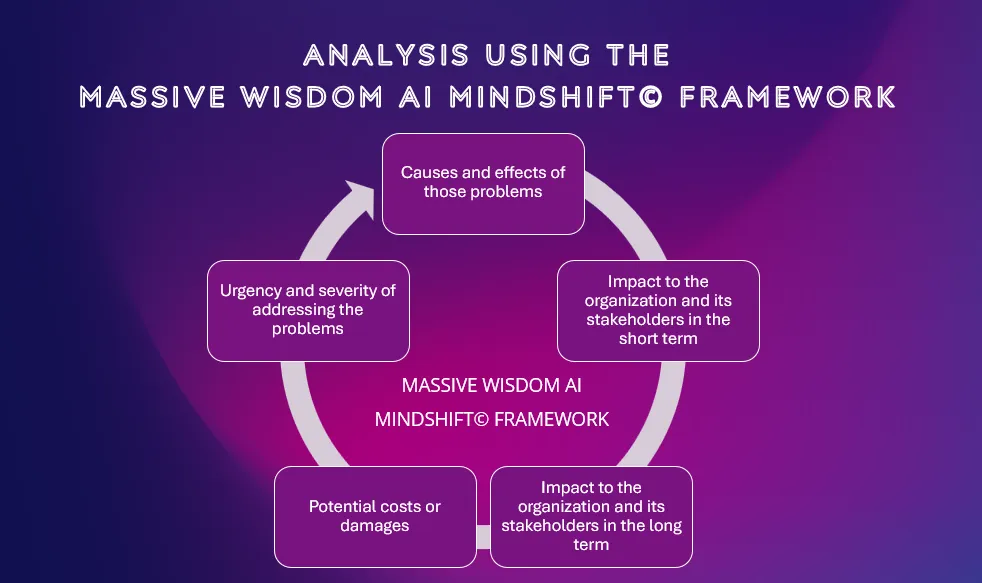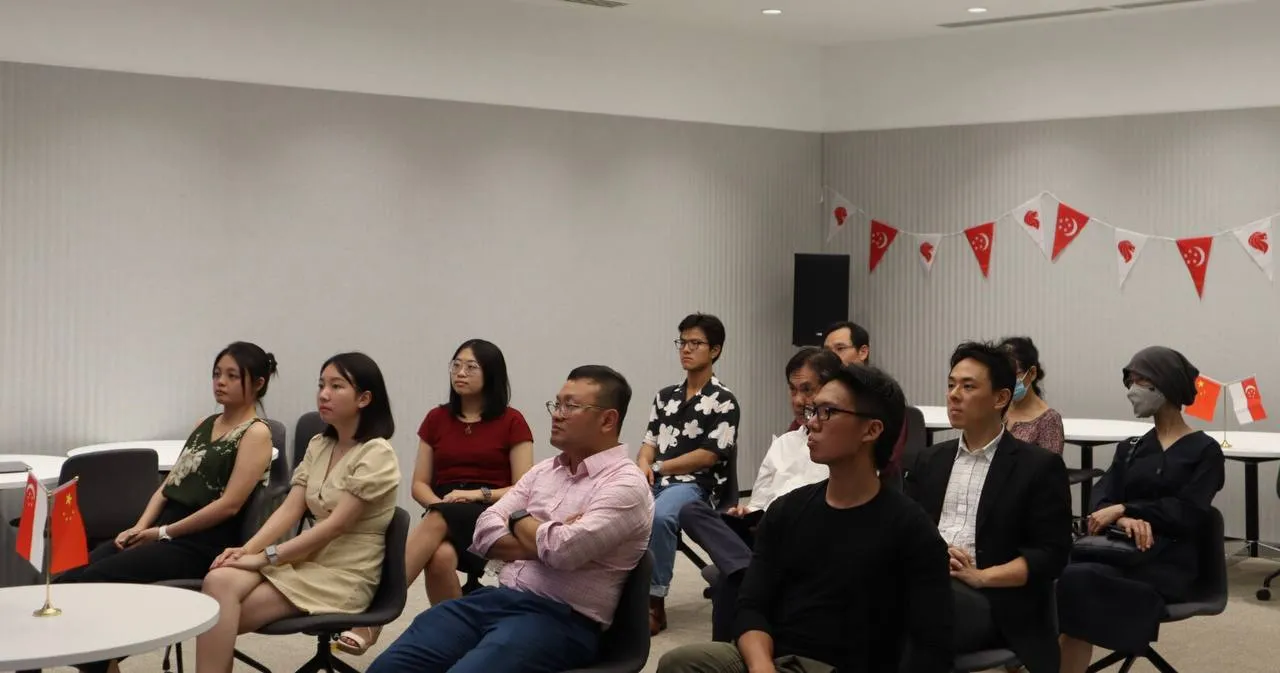A Primer On Strategic Leadership
Strategic leadership is a comprehensive approach to guiding an organization through the unpredictable waters of its environment. It involves setting direction, making decisions that influence others to follow that direction, and maintaining an environment conducive to the successful implementation of the organization's strategies. Here's a primer on the keys to strategic leadership, informed by insights from various scholarly sources and practical experiences.

Understanding Strategic Leadership
Strategic leadership is not confined to the upper echelons of management; it is a practice that should permeate all levels of an organization. It involves thinking, acting, and influencing others strategically to drive the organization towards its long-term goals.
This expanded view of strategic leadership recognizes the importance of continuous learning and the need to reject the notion of being "done" as a strategic leader.
The Concept of "Enduring Performance Potential"
Enduring performance potential refers to an organization's ability to sustain success over time. It is closely tied to the ability of leaders to anticipate change, evolve their visions, and adapt their strategies to maintain a competitive edge1
. Strategic leadership in this context goes beyond short-term gains, focusing on continuous improvement, innovation, and adaptability.
The Role of Context in Strategy
Leaders must be acutely aware of both internal and external factors that shape the context of their business. This includes understanding organizational strengths and weaknesses, as well as market trends, competitive landscapes, and regulatory environments. Context awareness is crucial for shaping effective strategies and making informed decisions
Moving Beyond "Template Strategy"
The term "template strategy" has been criticized for its one-size-fits-all approach, which may not address the unique challenges of an organization. Effective strategic leadership requires crafting strategies that are tailored to specific circumstances, fostering creativity, and promoting a culture of strategic thinking.
The CEO's Role in a Multi-Business Corporation
As the CEO of a multi-business corporation, it is not necessary to be an expert in all businesses under one's wing. The CEO's role is to provide strategic oversight, ensure alignment with the organization's goals, and empower competent executives within each business unit. The focus is on leveraging core competencies in leadership and strategic thinking.
Balancing Profit Maximization with Organizational Values
Executives often face conflicts between profit maximization, personal values, organizational values, and shareholder responsibility. A strategic leadership approach involves aligning with the organization's mission and values, engaging stakeholders, managing risks, and upholding ethical leadership principles to balance these competing interests.
Challenges to Collaborative Culture
Creating a collaborative culture is essential for strategic leadership but comes with challenges such as aligning diverse goals, fostering open communication, and managing conflict. Overcoming these challenges is significant for promoting a culture that supports strategic objectives and drives organizational success.
In conclusion, strategic leadership is a dynamic and multifaceted practice that requires a deep understanding of the organization's context, a move away from rigid templates, and a focus on adaptability and continuous improvement. By embracing these principles, leaders can foster a culture of strategic thinking and collaboration that is essential for long-term success.
By Alvin Lam Wee Wah
and Team at Massive Wisdom Group
Interested in what you've read and want to know more or collaborate with us? Contact us at customersuccess[a]massivewisdomgroup.com replacing the [a] with @.
































